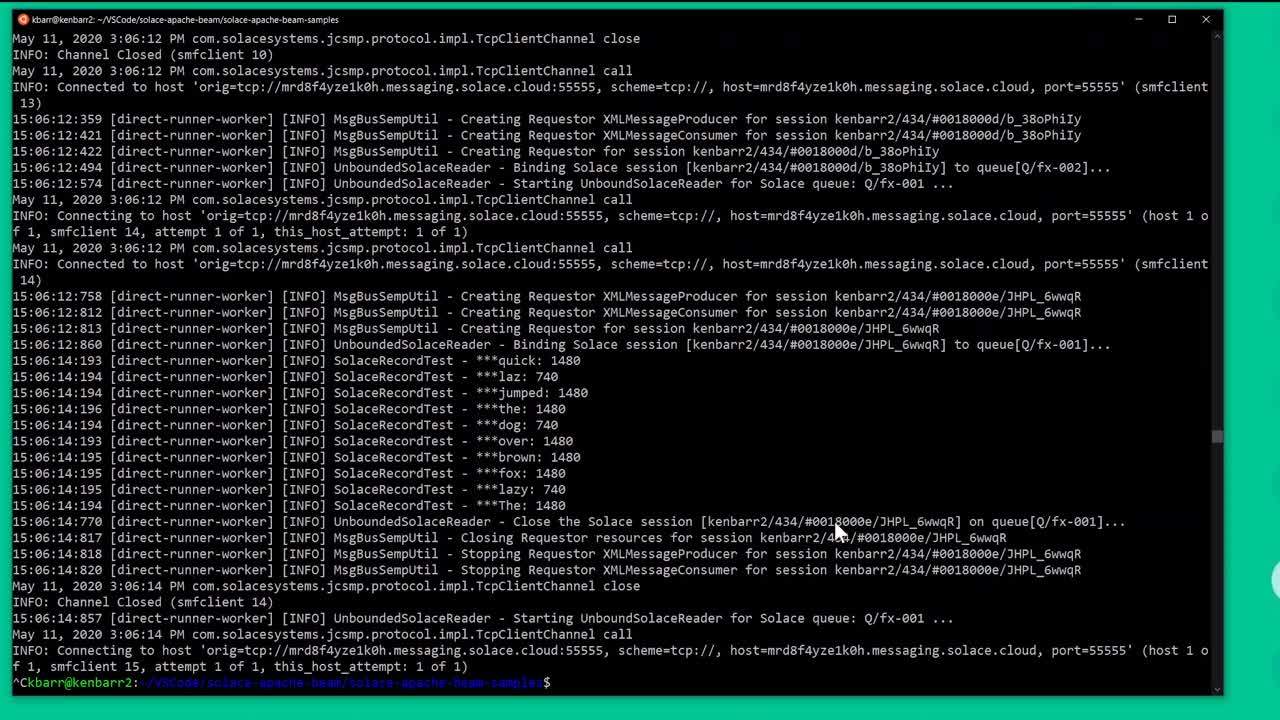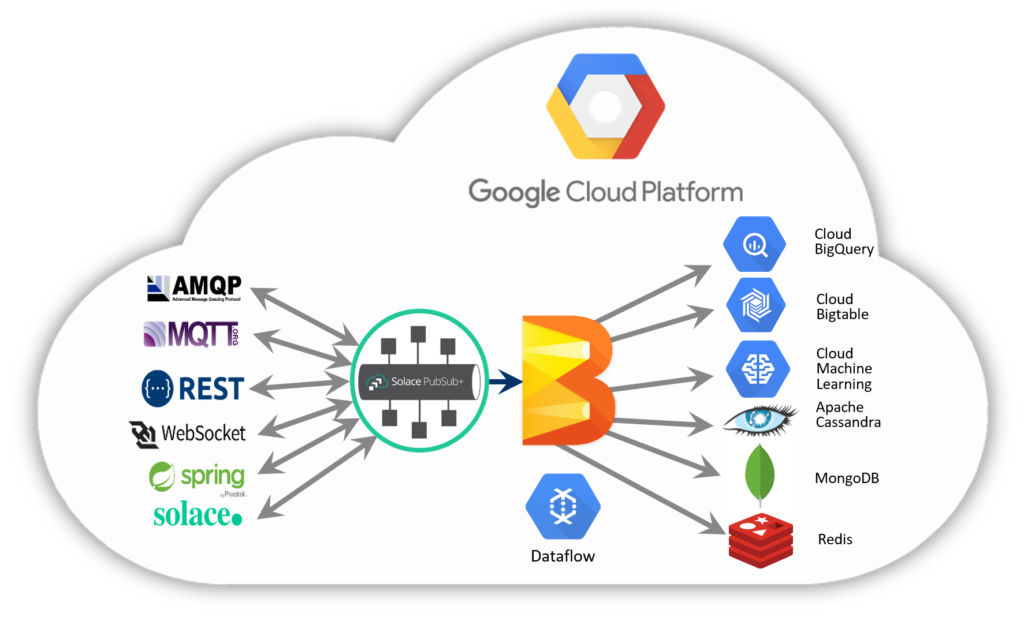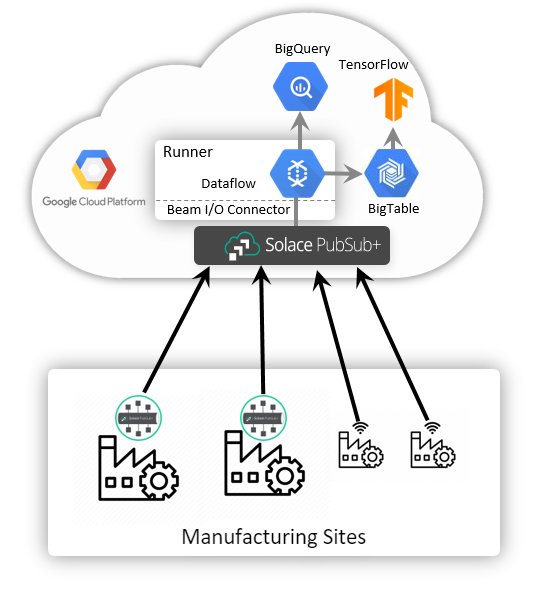In a factory, any unplanned downtime is costly and can have disastrous ripple effects, so being able to develop a predictive maintenance solution with IoT sensors and machine learning is a no-brainer in the manufacturing industry. Predictive maintenance enables manufacturers to identify potential failures and monitor equipment so they can improve productivity and minimize asset downtime. It has been estimated predictive maintenance could save manufacturers up to $630B globally by 2025.
Most manufacturing machinery maintenance strategies are based on guesswork – guessing when the machines will fail, guessing when it will be a good time to fix them, guessing how often they should be checked. Sometimes, manufacturing plants simply run the machines until they fail and replace them when they do.
This “strategy” is very costly, inefficient and requires a great deal of labour. The best way to achieve the more effective return on investment for the machines is to be proactive, i.e. implement condition-based predictive maintenance using IoT sensors to perform three key functions:
- Fault detection – recognize when something happens
- Diagnostics – understand what happened
- Prognostics – predict what will happen
Why IoT is the Key to Predictive Maintenance
To monitor the performance of manufacturing equipment in real-time, data from IoT sensors can be collected and analyzed to generate and populate prediction models. This goes far beyond maintenance inspections by manufacturing personnel, because small IoT devices can give you an accurate account of what is happening inside the equipment without the disruptions and downtime faced with a physical inspection.
IoT sensors monitor things like vibration, temperature, noise, pressure, oil levels, and other variables that are important to monitor and predict. As one can imagine, this data will come in a variety of formats and can be stored in many ways, locally or in the cloud.
Data exchange is at the heart of predictive maintenance. The data from the IoT sensors must be collected and shared with the appropriate systems so that action can be taken. A sustainable predictive maintenance system for collecting, sharing, and interpreting IoT sensor data will be a scalable one, and one that can be deployed across a variety of environments.
An Event-Driven Model for Real-Time Analysis
Streaming real-time data is an important aspect of predictive maintenance. The data from the equipment can be applied to a machine learning model so the output can be interpreted and acted upon. An event-driven model is ideal for streaming IoT sensor data because of the potential for a high volume of data, the diverse endpoints or networks the data could encounter, the different messaging patterns that could be used, and the requirement for low latency.
In an event-driven model for manufacturing predictive maintenance, events (a change of state) can be pushed from IoT devices to interested applications in a variety of environments in real-time. By enabling event-driven data flow, scalability, instant communication, and interoperability are made easier.
An event broker, or a network of event brokers (event mesh) can enable the real-time data from IoT sensors to move intelligently – filtering and routing information so it’s only sent to the applications and devices that need it.
Using GCP to Manage IoT Sensor Data for Predictive Maintenance
Google Cloud Platform (GCP) gives you unparalleled extensibility and scalability in managing data from your IoT sensors, especially when it comes to their machine learning capabilities. The manufacturing use case is ideal for showcasing how better productivity and innovation can be driven by monitoring machines and equipment more closely and developing a plan for predictive maintenance.
Google Cloud Dataflow is a fully managed data processing service. Dataflow provides automated provisioning and management of processing resources, as well as horizontal autoscaling of worker resources to maximize resource utilization.
When combined with an event mesh, Dataflow can stream vibration data, temperature, and time-in-use of manufacturing equipment all over the factory – from plant floors across WAN to Google Cloud Machine Learning to BigQuery.
Dataflow can automatically scale up or scale down based on demand and provide information to GCP’s machine learning algorithm to gain insight into fault tolerance levels and achieve predictive maintenance.
For machine learning to do its magic, it needs to “learn” about your environment. Based on the training period and data collection that it needs, you can then define the conditions of which fault detection, diagnostics, and prognostics are set.
PubSub+ and Event Mesh for Aggregation of IoT Sensor Data with Google Cloud Dataflow
PubSub+ is an excellent choice of event broker for the manufacturing IoT use case. It aggregates sensor data via a variety of open source protocols, making it easier to get data to where it is supposed to be – in real-time. A network of PubSub+ event brokers creates an event mesh, creating a dynamic infrastructure layer for distributing events among decoupled applications, cloud services, and devices. Integrating PubSub+ with Dataflow is done via PubSub+ Connector for Beam: I/O.
Customers can use Beam runners to stream real-time data between existing applications and GCP applications and services, like Cloud Machine Learning, Dataflow, BigTable, BigQuery, and TensorFlow. This allows for real-time IoT sensor data to feed into predictive maintenance algorithms and machine learning already running in the GCP platform. On-demand scalability means that more sensors can be brought online and begin sharing data without added downtime – reducing development labour and with just-in-time flexibility using very little code.
Competitive Advantage & Lower Total Cost of Ownership
Of course, the main goal of manufacturing predictive maintenance is to establish continuous monitoring of manufacturing equipment and develop ongoing alerts and preventive follow-ups.
Taking advantage of how the PubSub+ event mesh can enable IoT sensor data to flow seamlessly from various sources to machine learning services is a surefire way to reduce total cost of ownership of expensive manufacturing equipment and gain that important competitive advantage. The event mesh takes care of all information feeding into Dataflow, with Dataflow auto-scaling and assigning approprrate resources. With PubSub+ as the event broker, events from IoT sensors are published, with alerts going back to IoT sensors and to plant floors for immediate action or preventive measures.
Being proactive with predictive maintenance and having a scalable and reliable system to capture, store, share, and anaylze data from the sensors can:
- Improve service life of equipment
- Reduce machine and plant downtime
- Reduce the cost of unplanned downtime
- Achieve higher plant productivity
- Achieve a low code/no code development approach
- Enable proactive capacity planning
To learn more about the manufacturing and IoT use case, visit https://solace.com/solutions/industries/manufacturing/.
Get started with the PubSub+ Connector for Beam: I/O by watching the video below or clicking on this link:

Explore other posts from categories: Business | For Architects | For Developers

 Douglas Wong
Douglas Wong


